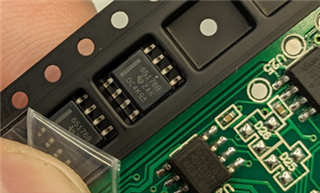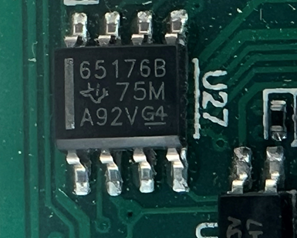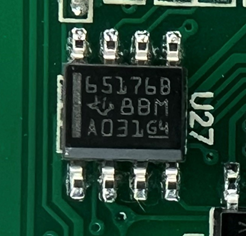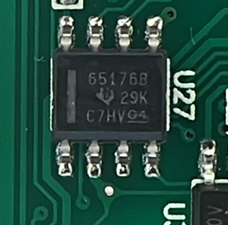Hello,
I think we have counterfeit pieces for next reasons:
- In some batches the current consumption of this chip is 17mA (no communication activated)
- In other batches, the current consumption is 1mA (no communication activated)
- I have done different methods to confirm these last two affirmations.
- Both chips are working "fine", or at least, it seems they do. They are communicating well in short distances.
- Issue: This different current consumption is causing fault in our test equipment in factory due to the behavior is different from the original chip, 17mA of current consumption is our specification in the test equipment. So currently it's a very critical point to solve.
- I attach some pictures of good and bad samples.
- Could you confirm if these lot codes are according to Texas Instruments? Thanks in advance.
Good ones serigraphy:
Sample 1:
First raw = 65176B
Second raw = 75M
Third raw = A92VG4
Sample 2:
First raw = 65176B
Second raw = 88M
Third raw = A031G4
Bad ones serigraphy:
Sample 1:
First raw = 65176B
Second raw = 2AK
Third raw = DC4KG4
Sample 2:
First raw = 65176B
Second raw = 29K
Third raw = C7HVG4







